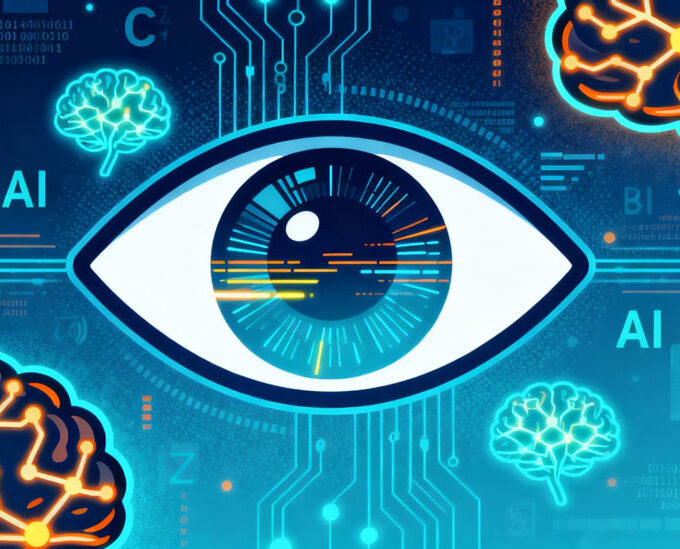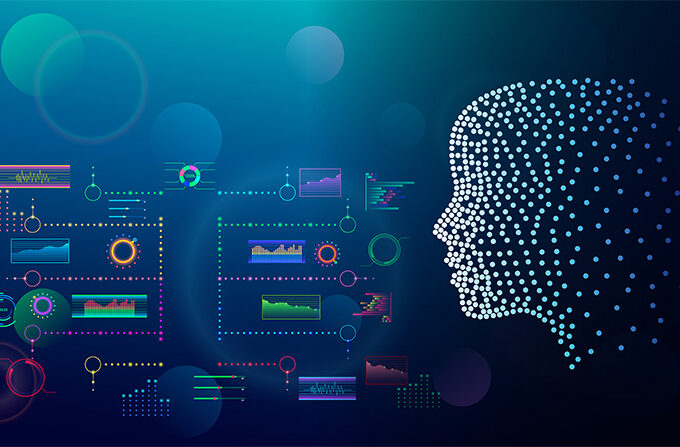In the tech world, every collaboration between giants could bring disruptive innovations. When Jony Ive, the “father of the iPhone,” teams up with Sam Altman, the “father of GPT,” a transformation in AI hardware seems to be brewing. Recently, news surfaced that OpenAI might launch its first AI smart pen in 2026, which immediately sparked widespread attention and heated discussions among tech enthusiasts.
Giants Join Forces: A Collaboration Destined to Change the Industry
Earlier this year, OpenAI announced the acquisition of the AI device company io, co-founded by Jony Ive, in a $6.5 billion all-stock deal. This acquisition is significant, not only marking a deep integration of two tech giants, but also signaling the dawn of a new exploration at the intersection of AI and hardware design.
Jony Ive, as the mastermind behind many iconic Apple products such as the iPhone and iMac, has shaped the aesthetic design and user experience of these products, establishing Apple’s distinct brand identity and immense market competitiveness. On the other hand, Sam Altman, the leader of OpenAI, has driven breakthroughs in AI, with the GPT series models sparking a global AI revolution that has transformed the way people access information and create content.
This collaboration combines Jony Ive’s rich expertise in hardware design with OpenAI’s cutting-edge AI capabilities, creating a perfect synergy. OpenAI brings advanced AI algorithms and vast training data, which will endow the smart pen with powerful interactive features. Meanwhile, Jony Ive and his team excel at transforming complex technologies into simple, user-friendly, and aesthetically pleasing products, ensuring that the AI smart pen is not only functional but also visually attractive and easy to use. This cross-disciplinary collaboration lays a solid foundation for the potential success of OpenAI’s first AI smart pen and makes people eager to see how it will perform.
Product Speculations: The Infinite Possibilities Behind One Pen
According to media reports, Altman revealed in a May internal meeting that OpenAI’s first AI device would not have a screen or be wearable, but would fit in your pocket or sit on your desk. The device will serve as a “third device” complementing smartphones, capable of sensing the user’s surrounding environment. Based on market analysts’ speculations and Jony Ive’s personal fondness for pen products, OpenAI’s first AI hardware product is likely to be a smart pen.
From a design perspective, Jony Ive has previously been deeply involved in the design of the Apple Pencil, giving him valuable experience and unique insights into pen-like products. Additionally, his personal collection of high-end writing instruments further increases the likelihood that the first product will be a smart pen.

As for its technological capabilities, this smart pen might feature innovative designs. For instance, the pen body could be equipped with a projector, capable of projecting images onto hard surfaces, facilitating user interaction and presentations. The pen clip might integrate a microphone and camera, allowing it to scan text for analysis and environmental awareness, enabling real-time recognition, understanding, and intelligent processing of handwritten content, while providing personalized services based on the surrounding environment. This design would retain the familiar feel and portability of traditional writing instruments while leveraging AI technology to elevate its functionality. This transformation would allow a small pen to become an intelligent assistant for users’ work, study, and daily life.
Future Impact: AI Smart Pen May Reshape the Industry Landscape
If OpenAI successfully launches its AI smart pen in 2026, its impact could be far-reaching and multifaceted. For individual users, the smart pen would greatly enhance work and study efficiency. For instance, during meetings or classes, the pen could instantly convert handwritten notes into digital documents and use AI to automatically organize, summarize, and structure the notes. In creative writing or art, the pen could provide inspiration and suggestions based on the user’s thoughts, assisting in completing the work.
In the education field, the AI smart pen could drive changes in teaching methods. Teachers could use the pen to assess students’ learning progress in real-time, offering personalized feedback based on their written answers and notes. Students would also be able to interact more effectively with learning resources, achieving independent learning and AI-guided tutoring. Furthermore, in the commercial and design sectors, the smart pen would serve as a more efficient and convenient tool for professional creation and communication.
From a competitive industry perspective, OpenAI’s AI smart pen may trigger other tech companies to follow suit, accelerating the development and innovation of the AI hardware market. It could potentially break the current market structure for smart devices and become a new popular product category alongside smartphones and smartwatches, pushing the entire tech industry toward greater intelligence and portability.
In conclusion, the collaboration between Jony Ive, the “father of the iPhone,” and Sam Altman, the “father of GPT,” and OpenAI’s upcoming AI smart pen is undoubtedly a landmark event in the tech field. How this smart pen will be presented and what changes it will bring to our lives and industries remains to be seen. We eagerly await what comes next.












